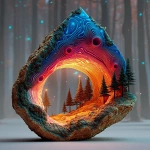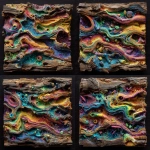Explore the Best AI Image Gallery
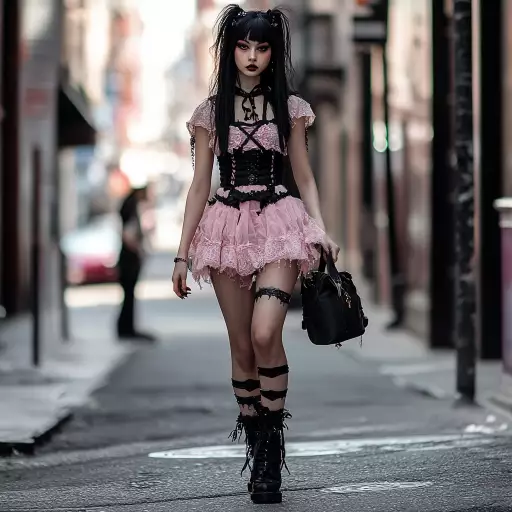
The AI-Powered Canvas: How Generative Art is Transforming Creativity
The realm of art has always been a space of human expression, innovation, and imagination. But in recent years, a new player has emerged on the creative scene: artificial intelligence (AI). Specifically, AI-powered tools capable of generating visual content, known as generative art, are revolutionizing how we create, consume, and interact with art.
Generative art algorithms can produce stunningly unique and intricate visuals, from abstract patterns to realistic landscapes, often surpassing human capabilities in terms of complexity and scale. This technology is not merely a novelty; its reshaping the creative landscape, impacting artists, designers, and industries across the board.
Applications Across Creative Industries
The potential applications of generative art are vast and constantly expanding.
- Design: From fashion to product design, AI can generate innovative patterns, textures, and concepts, pushing creative boundaries and streamlining the design process.
- Marketing & Advertising: Brands are leveraging generative art to create eye-catching visuals for campaigns, personalized content, and immersive experiences, capturing attention in a crowded digital landscape.
- Entertainment: The gaming industry is using generative art to populate virtual worlds with unique characters, environments, and assets, enhancing realism and immersion. Filmmakers are exploring its use for creating special effects, concept art, and even generating entire scenes.
- Art & Expression: Artists are embracing generative art as a new medium, exploring the boundaries of creativity and collaboration between human imagination and machine intelligence.
Ethical Considerations
While the possibilities offered by AI-generated visual content are exciting, its crucial to address the ethical implications that accompany this technology.
- Copyright & Ownership: Questions arise about the ownership of AI-generated art. Who holds the copyright—the creator of the algorithm, the user who inputs prompts, or the AI itself?
- Bias & Representation: AI algorithms are trained on massive datasets, which can reflect existing societal biases. This can result in generated content that perpetuates stereotypes or underrepresents certain groups.
- Authenticity & Deception: The ability to create highly realistic images raises concerns about the potential for misuse, such as generating deepfakes or manipulating visual information for malicious purposes.
Future Trends
The field of AI-generated visual content is rapidly evolving.
- Increased Accessibility: User-friendly tools and platforms will make generative art more accessible to a wider audience, empowering individuals to explore their creative potential.
- **Enhanced Collaboration:** AI will facilitate collaboration between artists, designers, and developers, enabling the creation of truly innovative and interactive experiences.
- Personalization & Customization: Generative art will play a key role in creating personalized content tailored to individual preferences, from custom-designed clothing to unique digital artwork.
- Ethical Frameworks & Guidelines: As AI technology advances, its crucial to establish ethical guidelines and regulations to ensure responsible development and deployment of generative art tools.
The convergence of AI and creativity is ushering in a new era for the arts. While challenges remain, the potential benefits are immense. By embracing this transformative technology responsibly, we can unlock a future where creativity knows no bounds.
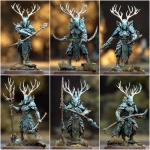
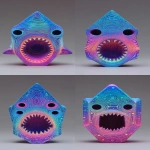

](https://images.ai-img.art/thumbnails/150/914cb18c03c97bdba2f290c0ec1573d5792bf399dbad7f484614764eb31f4c2f.webp)
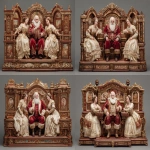

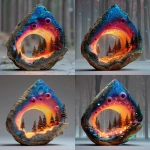
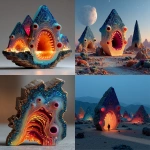

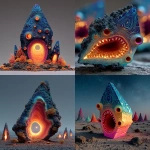

](https://images.ai-img.art/thumbnails/150/98325fa7102e81df81f1dba6df8df52929b4fa41b058192faf3c77cf94513ff7.webp)
](https://images.ai-img.art/thumbnails/150/09314c003088f7174f747fa65105eca599e0842cf69e637ce4c98ebefd3f50ab.webp)
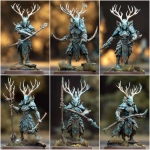
](https://images.ai-img.art/thumbnails/150/3b65287fef447a6ad61bcb18b5b9d03b6f6f74603ae0e058f81f4b91a3e02f36.webp)
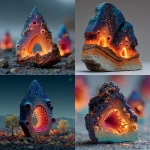
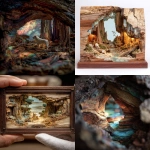
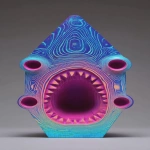
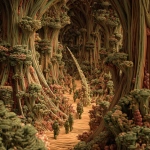
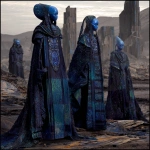
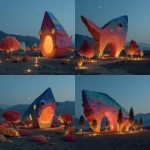
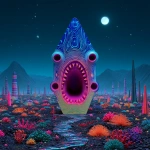
](https://images.ai-img.art/thumbnails/150/ac7218edd6198d49ed8d9853a5890595fc4d2a7a11c2e8a7ee8bcfbc7bfe265e.webp)
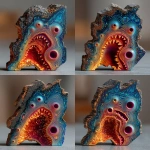

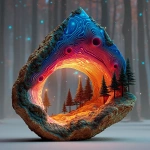
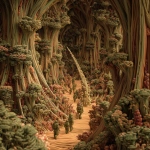
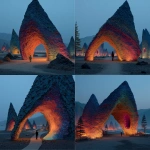
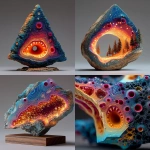
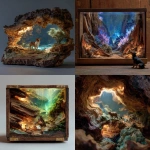




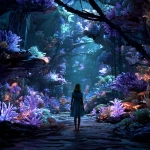
](https://images.ai-img.art/thumbnails/150/a31f622763ce0ecb2e76a907e566b81cfcc171e8d9b8b393f27681be24b6ca91.webp)
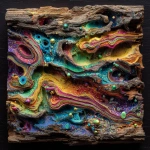
](https://images.ai-img.art/thumbnails/150/769518185300fcbda91b7bbf92b9007bc856379accd52eaf7983f9aec379e88e.webp)
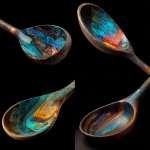
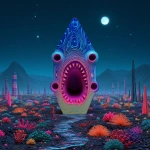

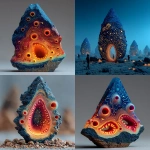


](https://images.ai-img.art/thumbnails/150/7d9de60c58579b921ad140a9e1d752642452d5086b74a27d866e8af04608ed7d.webp)
](https://images.ai-img.art/thumbnails/150/ebc95932b25c17607076ed8d2a4bafc85c3371cf3f2d45c35741505fe3c97de1.webp)
